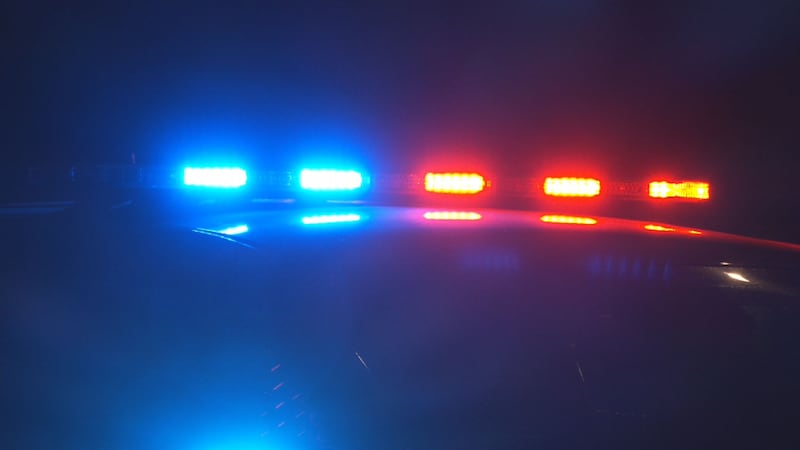Seattle’s mayor and police chief announced Wednesday how Seattle Public Schools has created safe places for lesbian, gay, bisexual, transgender people, and those questioning their sexuality.
In a ceremony at Garfield High, Mayor Ed Murray, Police Chief Kathleen O’Toole and Seattle Public Schools Superintendent Larry Nyland announced a Seattle Police Department “Safe Place” will expand to all 98 Seattle public schools.
The safe place is an area where people can go when they feel unsafe, in some cases waiting for police to arrive. The program’s goal is to prevent and respond to anti-LGBTQ bias crimes.
“While we see a rolling back of civil rights protections for LGBTQ people in some corners of the country, Seattle remains inclusive and welcoming to all people,” said Mayor Ed Murray, who previously prohibited all non-essential travel to North Carolina. “SPD Safe Place brings together businesses, community organizations, and the public to stand up against hate and intolerance. I applaud Seattle Public Schools for bringing this important program to our schools, empowering students to speak out against anti-LGBTQ harassment.”
Organizations identifying a Safe Place have decals and information on how to report malicious harassment, which is the state statute for hate crimes. Training for staff includes when to call 911, sheltering victims of crime until police arrived, and proactive outreach about working with the SPD’s LGBT liaison officer.
“We are thrilled that SPD Safe Place is growing through a partnership with Seattle Public Schools,” O’Toole said. “We want to create a safe, inclusive community for everyone and are encouraged by the ongoing support we have received for this program.”
SPD Safe Place program has reached 1,600 locations, including several businesses.
"Has the Seattle Police Department always been supportive of LGBT issues?” Officer Jim Ritter asked the crowd. “Not back in the old days. We had officers doing things they really shouldn't have been doing as far as with businesses and harassment back in the 1960's, but we've come an awful long way.”
Today, Officer Ritter joined city officials launching the Safe Place program in schools.
"It's shocking and so disturbing how many kids you hear that are depressed and have attempted suicide," said student Quinn Sullivan who is part of Garfield’s Gay Alliance. Some LGBTQ students say they have felt the pain of words.
"Friends who I have, that don't necessarily know about my own identity, sometimes will call me gay or say what I'm wearing is 'homo' or something like that,” said Keenan Simpson, a Garfield junior. “And it just cuts through the skin and bone and you hear that every day.”
Today’s announcement was a milestone for Murray. It is also a big change from his days as a state lawmaker 21 years ago.
“If I came to a school as the only out, gay elected official at that time, it was like walking around with a neon sign on my head that said, ‘queer.’ But, kids had to get permission slips to be able to hear me talk."
Seattle area businesses, like Starbucks, have joined the movement and are placing stickers on their windows as a safe destination until police arrive. It is a small sign the city hopes will send a powerful message of acceptance.
Seattle Police say reported crime against the LGBTQ community is on the rise. There have been three incidents over the past three days, including a report on Tuesday of “malicious harassment.”
Ritter spoke to LGBTQ students about the importance of the Safe Place program.
"You can fit into whatever category you want,” he said. “But just remember, you've got a lot of allies out there -- a lot of whom you didn't realize you had even before today.”
Cox Media Group





